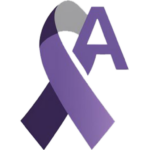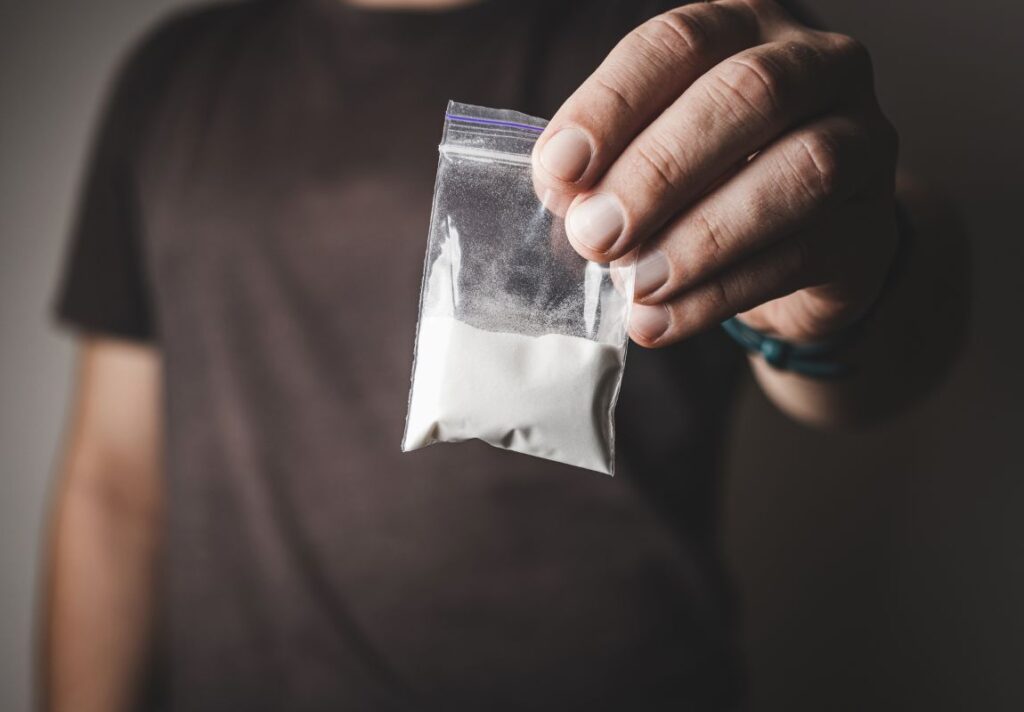Cocaine addiction is often shrouded in myth portrayed as a “high-class” vice or a fleeting indulgence among the wealthy. But beneath this facade lies a silent epidemic , ravaging lives across socioeconomic lines. Unlike more openly discussed addictions, cocaine’s dangers are frequently overlooked, even by those struggling with it. This article unearths the hidden risks, societal impacts, and pathways to recovery, urging a shift from stigma to understanding.
The Invisible Threat: Why Cocaine Addiction is a Silent Crisis
Cocaine’s reputation as a “party drug” fuels its underreporting. Users often maintain jobs, relationships, and social appearances, masking their dependency. This “functional addiction” creates a false sense of control, delaying intervention until severe consequences arise. According to the National Institute on Drug Abuse (NIDA) , over 934,000 Americans reported cocaine use in 2022, with overdose deaths linked to cocaine rising by 70% since 2012.
The silence stems from stigma: many fear judgment or legal repercussions, while others rationalize use as “recreational.” But the reality is stark cocaine’s effects are neither harmless nor temporary.
Hidden Dangers: The Physical and Mental Toll
1. Cardiovascular Catastrophe
Cocaine is a powerful stimulant , causing immediate spikes in heart rate, blood pressure, and body temperature. Over time, this strain can lead to heart attacks , strokes , or arrhythmias . Even a single use increases the risk of cardiac arrest by 24 times , per the American Heart Association . Chronic users may develop aneurysms or irreversible heart damage.
2. Neurological and Psychological Damage
Cocaine floods the brain with dopamine, creating euphoria but disrupting natural reward pathways. Prolonged use erodes emotional regulation, causing anxiety , paranoia , depression , and psychosis . Long-term users often experience memory loss , difficulty concentrating , and cognitive decline .
3. The “Crash” Cycle
After the high fades, users face a crushing “crash” fatigue, irritability, and intense cravings. To avoid this, many binge, escalating doses and accelerating addiction. This cycle fuels depression and suicidal thoughts , as the brain becomes reliant on cocaine to feel “normal.”
4. Social and Economic Ruin
Cocaine addiction strains finances, relationships, and careers. Users may neglect responsibilities, lose jobs, or face legal troubles. Families endure emotional turmoil, and communities see rising healthcare costs linked to addiction treatment and overdose care.
5. Overdose Risk
Cocaine alone is lethal, but its dangers escalate when mixed with other drugs like opioids or alcohol. Overdose symptoms include seizures, respiratory failure, and sudden death. In 2021, 30% of overdose deaths involved cocaine, per the CDC .
The Silent Epidemic: Why It Persists
1. Misconceptions and Stigma
The stereotype of cocaine users as “wealthy partygoers” overshadows its prevalence among diverse populations, including teens and low-income communities. Many dismiss addiction as a “lifestyle choice,” ignoring its roots in trauma, mental health struggles, or genetic predisposition.
2. Availability and Accessibility
Cocaine remains widely available, often cut with dangerous additives like fentanyl, increasing overdose risks. The rise of online drug markets and social media networks has further fueled its spread.
3. Lack of Awareness
Symptoms like mood swings, weight loss, or frequent nosebleeds (from snorting) are often dismissed as stress or lifestyle choices, delaying diagnosis.
Escaping the Cycle: Pathways to Recovery
Step 1: Recognize the Signs
Early intervention is critical. Red flags include:
- Physical : Dilated pupils, nosebleeds, tremors, or frequent nose/mouth sores.
- Behavioral : Secretive behavior, financial instability, or withdrawing from loved ones.
- Psychological : Paranoia, aggression, or extreme mood swings.
Step 2: Seek Professional Help
- Medical Detox : Cocaine withdrawal isn’t physically life-threatening but causes intense cravings, depression, and fatigue. Supervised detox programs provide support and medication to ease symptoms.
- Therapy : Cognitive Behavioral Therapy (CBT) addresses root causes of addiction, while group therapy offers peer support. Programs like SMART Recovery focus on self-empowerment.
- Medication-Assisted Treatment (MAT) : Though no FDA-approved cocaine-specific medications exist, antidepressants or anti-anxiety drugs may help manage withdrawal and co-occurring mental health issues.
Step 3: Build a Support System
- Support Groups : Organizations like Narcotics Anonymous (NA) or Cocaine Anonymous (CA) provide community and shared experiences.
- Family Involvement : Educate loved ones about addiction as a disease, not a moral failing. Family therapy can mend trust and rebuild relationships.
Step 4: Prevent Relapse
- Avoid Triggers : Steer clear of environments, people, or activities linked to past use.
- Holistic Wellness : Exercise, mindfulness, and hobbies foster resilience against cravings.
- Long-Term Care : Ongoing therapy and check-ins with healthcare providers reduce relapse risk.
Breaking the Silence: A Call to Action
Cocaine addiction thrives in secrecy, but recovery begins with open dialogue. Here’s how to make a difference:
- Educate Yourself : Share resources like NIDA’s Cocaine Research or SAMHSA’s Helpline (1-800-662-HELP).
- Challenge Stigma : Frame addiction as a health crisis, not a moral failing.
- Advocate for Policy : Push for expanded access to treatment, harm reduction programs, and funding for addiction research.
Final Thought: Your Life Beyond the High
Cocaine’s allure is fleeting, but its consequences linger. The path to recovery is challenging, yet countless individuals have reclaimed their lives. By confronting the hidden dangers and embracing evidence-based solutions, we can transform the silent epidemic into a story of hope.
Your health, relationships, and future are worth fighting for.
Sources : NIDA, CDC, SAMHSA, American Heart Association.
Ready to seek help? Contact SAMHSA’s National Helpline at 1-800-662-HELP or visit DrugAbuse.gov for resources. You’re not alone recovery is possible.

